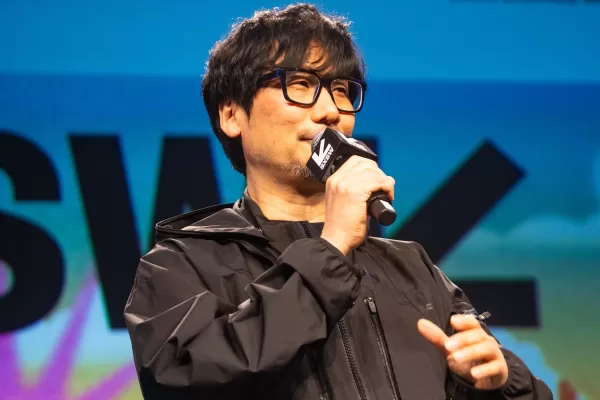India Qualifiers set for April 4-6$37,500 prize pool awaits competitorsWinner to represent India at WCS 2025 in CaliforniaFollowing the Winter Tournament, the journey to Anaheim begins, and Indian Pok
Author: AvaReading:0
It’s been quite some time since video games have simply been about action-packed thrills or adrenaline-fueled excitement. In recent years, they’ve evolved into deeply expressive art forms, capable of exploring complex themes and emotions. Hideo Kojima, the visionary behind the legendary *Metal Gear Solid* series, pushed this boundary even further with *Death Stranding*. Long before the global pandemic reshaped our understanding of isolation and togetherness, Kojima introduced a world where connection was both a necessity and a challenge. The game's unconventional storytelling and groundbreaking gameplay mechanics—centered around the delicate balance of carrying, balancing, and navigating terrain—offered players not just an experience, but a reflection on human interaction itself.
Now, as the release date for *Death Stranding 2: On the Beach* rapidly approaches on June 26, 2025, fans and critics alike are eager to uncover how Kojima has reimagined the core themes of his universe. This sequel promises not only to continue the journey of its protagonist but also to deepen the philosophical questions posed in the first game. One central question looms large: “Should we have connected?” As divisions across the globe seem to widen, Kojima revisits the idea of human connection in a world that feels increasingly fragmented.
The development of *Death Stranding 2* unfolded during one of the most unusual periods in modern history—the global Covid-19 pandemic. This unprecedented situation forced creative teams, including Kojima Productions, to rethink workflows, reimagine collaboration, and reassess the role of technology in maintaining artistic vision. For Kojima personally, it also meant re-evaluating the very essence of “connection” in a literal and metaphorical sense. How does one design a game about unity when the world is physically separated? What does “togetherness” mean when communication is mediated through screens and networks? These are the kinds of questions that shaped the evolution of *Death Stranding 2*.
Kojima has always had a fascination with technology—not just as a tool, but as a mirror reflecting our values, fears, and aspirations. In *Death Stranding*, he used advanced delivery mechanics and asynchronous multiplayer features to symbolize how people can influence each other without direct contact. In the sequel, these ideas appear to be taken even further, perhaps influenced by the real-world shift toward remote work, virtual meetings, and digital relationships. The game may serve as a commentary on how we’ve adapted—or failed to adapt—to new ways of interacting, especially under duress.
In many ways, *Death Stranding 2* builds upon the foundation of its predecessor while introducing new concepts that reflect the changes in both Kojima’s thinking and the world at large. The original game explored loneliness, grief, and the slow rebuilding of trust in others. These themes remain relevant, but now they’re viewed through a post-pandemic lens. While the first game asked us to reconnect with others, the sequel seems to question whether that connection was truly beneficial—or if it came at a cost.
As part of this deeper exploration, Kojima reflects on what aspects of the original game were most impactful and which ones needed refinement. He acknowledges the feedback from players, critics, and collaborators, using it to shape a more cohesive and emotionally resonant narrative. Some mechanics will return in evolved forms, while others may be completely reimagined to better suit the evolving tone and message of the series.
Beyond the game’s mechanics and story beats, Kojima also shares his thoughts on how contemporary society mirrors the themes found in his work. With increasing polarization, misinformation, and social fragmentation, the line between division and unity has become blurred. In his view, games like *Death Stranding* offer a unique space to explore these tensions—not just as entertainment, but as a medium for introspection and dialogue.
This interview delves into Kojima’s creative philosophy throughout the making of *Death Stranding 2*, the lessons learned from the first game, and how the world around us continues to shape the stories we tell through interactive media. It’s not just about what happens next in the game—it’s about what it means to connect, to carry burdens, and to move forward together, even when the path is unclear.

 LATEST ARTICLES
LATEST ARTICLES